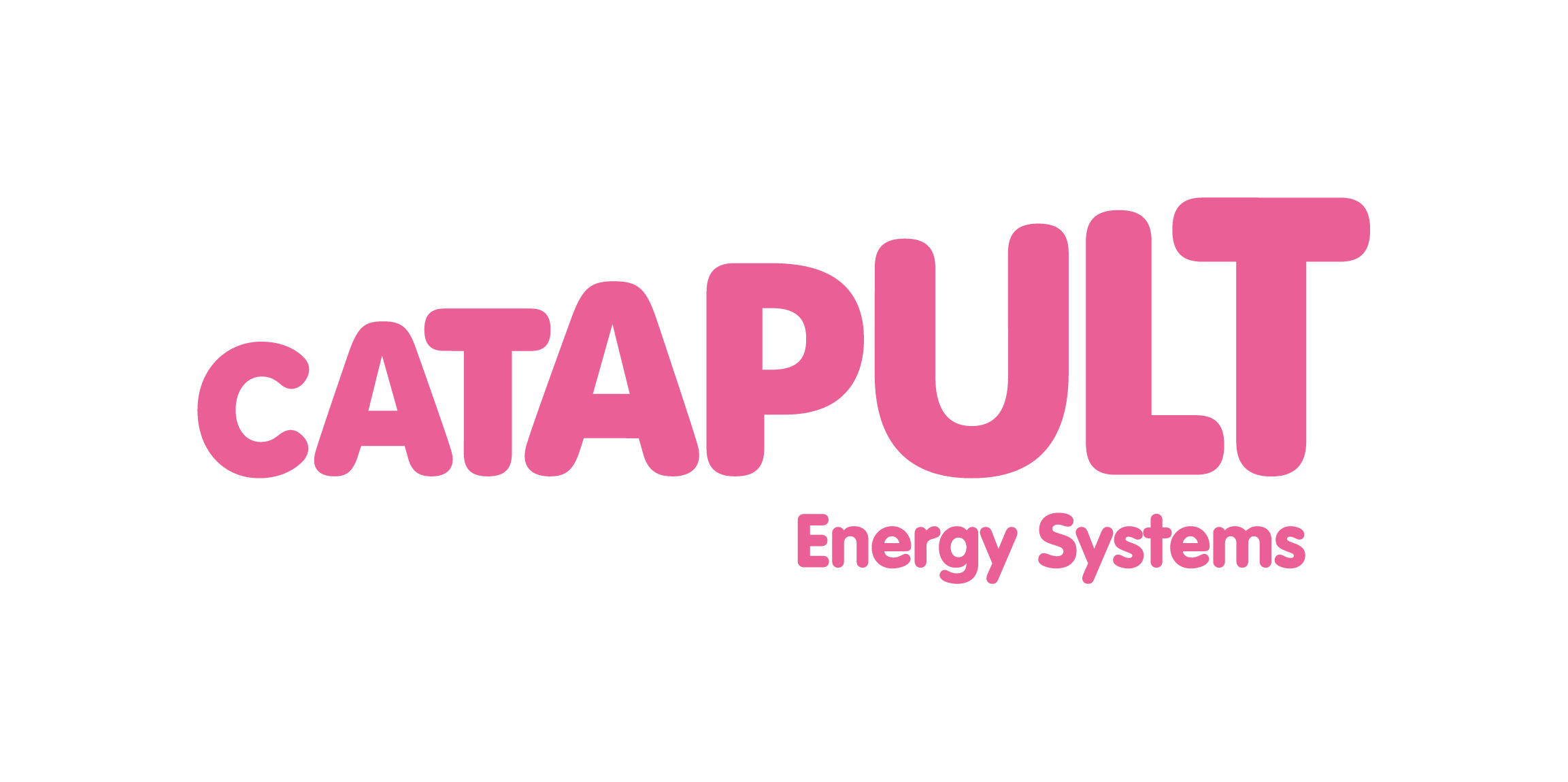This tool will help you produce first draft specifications for feasibility and design studies.
This guide is designed to assist public sector organisations to draft comprehensive scope of works for the inclusion in tender specifications for heat decarbonisation planning. The scope of works is crucial for contractors to make precise bids for competitive contracts. By following this guide you can be more confident that your specification will accurately reflect your requirements. Please visit the Catapult's Public Sector Decarbonisation Guidance website to access more knowledge and toolkits, all of which are free to download. For many public sector organisations, decarbonising their heat requirement is likely to be the biggest challenge when it comes to their estate.
Heat decarbonisation planning is about how you transition your heating systems from fossil fuels to low-carbon alternatives, taking a holistic, whole building approach. This toolkit breaks-down six different activities a public sector organisation might explore in planning the decarbonisation of heat:
- Desktop assessment
- Building audit
- Specialist survey
- Feasibility studies
- Investment Grade Audit
- Detailed designs
Your project may require one of the above activities, or many working in combination with each other. This would mean downloading multiple specifications from this toolkit to combine as part of one procurement exercise.
This toolkit provides template scope of works for each of the six activities that can be lifted and edited for inclusion in your own procurement processes, to help ensure that you achieve the best outcomes for your project.
The standard specifications generated by this toolkit are designed to be comprehensive but each decarbonisation plan is different and should be made specific to your site and your project requirements. There might be specific deliverables or terms that you wish to remove from the specifications because they are not relevant to your site or project. You may also wish to add in additional requirements not covered in these specifications.
You should develop your tender specifications in collaboration with stakeholders across your organisation who have detailed knowledge of the buildings covered by your scope of work, so that the specification fully captures your requirements, and the information you will provide to the contractor can be made available.
Please make sure that you check any final tender documents with your own internal procurement team to ensure that you are meeting internal procurement requirements.

